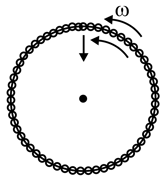B M Sharma Solutions for Chapter: Travelling Waves, Exercise 3: Exercises
B M Sharma Physics Solutions for Exercise - B M Sharma Solutions for Chapter: Travelling Waves, Exercise 3: Exercises
Attempt the practice questions on Chapter 6: Travelling Waves, Exercise 3: Exercises with hints and solutions to strengthen your understanding. PHYSICS FOR JOINT ENTRANCE EXAMINATION WAVES AND THERMODYNAMICS solutions are prepared by Experienced Embibe Experts.
Questions from B M Sharma Solutions for Chapter: Travelling Waves, Exercise 3: Exercises with Hints & Solutions
A transverse wave is described by the equation . The maximum particle velocity is equal to four times the wave velocity if
The equation of a progressive wave is, where, and are in and is in . The velocity of propagation of the wave is,
Wave pulse on a string shown in the figure is moving to the right without changing shape. Consider two particles at positions and . Their transverse velocities at the moment shown in the figure are along with directions
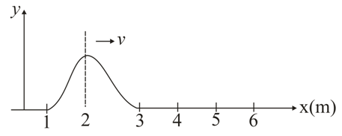
A certain transverse sinusoidal wave of wavelength is moving in the positive direction. The transverse velocity of the particle at as a function of time is shown. The amplitude of the motion is
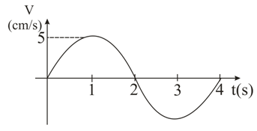
A sinusoidal wave travelling in the positive direction on stretched string has amplitude , wavelength and wave velocity . At and it is given that and . Find the wave function .
For the wave shown in figure, write the equation of this wave if its position is shown at Speed of wave is
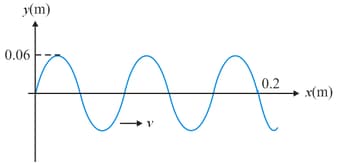
A circular loop of rope of length rotates with uniform angular velocity about an axis through its centre on a horizontal smooth platform. The velocity of pulse (with respect to rope) produced due to slight radial displacement is given by
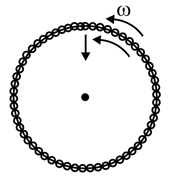
A circular loop of rope of length rotates with uniform angular velocity about an axis through its centre on a horizontal smooth platform. The velocity of pulse (with respect to rope) produced due to slight radial displacement is given by
